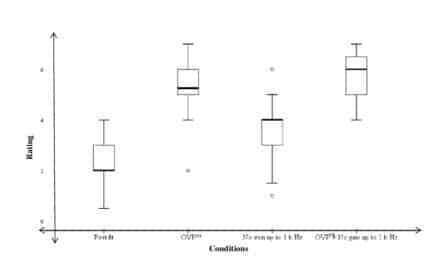A new study shows that a drug originally designed to treat Alzheimer’s disease can partially reverse hearing loss in mice that are exposed to acoustic trauma. The paper was published by Mizutari et al in the January 9 edition of Neuron (Notch Inhibition Induces Cochlear Hair Cell Regeneration and Recovery of Hearing After Acoustic Trauma; 77[1]:58-69).
A team of scientists from Harvard, MIT, Massachetts Eye and Ear Infirmary, and Keio University in Tokyo used a drug that features a gamma secretese inhibitor drug to generate new hair cells. This failed Alzheimer’s disease drug, which never made it to the market, has the side effect of causing support cells from the inner ear to become hair cells. The authors report that “in vivo prospective labeling of Sox2-expressing cells with a Cre-lox system unambiguously demonstrated that hair cell generation resulted from transdifferentiation of supporting cells.”
Previous studies had shown some success in hair cell regeneration in birds. In related research, House Ear Research scientists showed in January 2009 that, by blocking a biochemical pathway (ie, the same Notch signaling pathway used in the new study), most of the supporting cells in the inner ear of juvenile mice are induced to directly change into hair cells.
In an interview with National Public Radio, study co-author Albert Edge says that the new study demonstrates it is possible to grow new hair cells in mammals. “And to our delight these hair cells were functioning hair cells that improved the hearing of the animal,” said Dr Edge to NPR.
Although this is an exciting finding, the mice in the study regained only about 20% of their hearing, which is consistent with what researcher Edwin Rubel, PhD, wrote in his article and interview published in the March 2008 HR. Dr Rubel, who was also interviewed for the NPR story, stated in that story: “I’m hugely optimistic…There’s no question that sometime in the future we will restore hearing in humans through regeneration.”
Gamma secretese inhibitors are only one exciting avenue being explored in the search for hair cell regeneration and restoration. Other approaches being investigated include gene therapy, stem cells, and several drugs, including growth inhibitors, that are administered via different methods to the inner ear.




